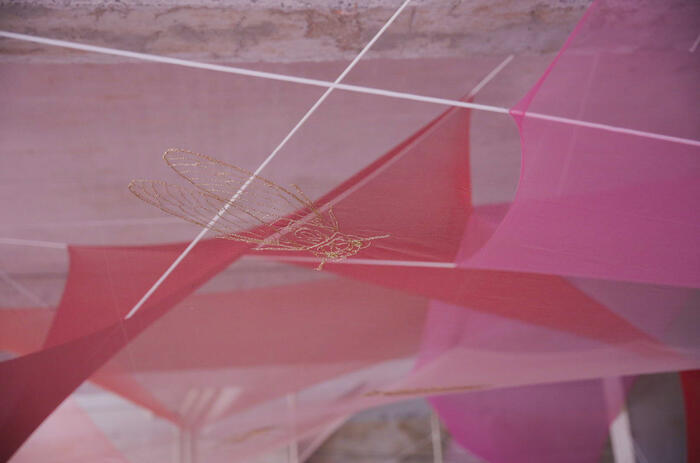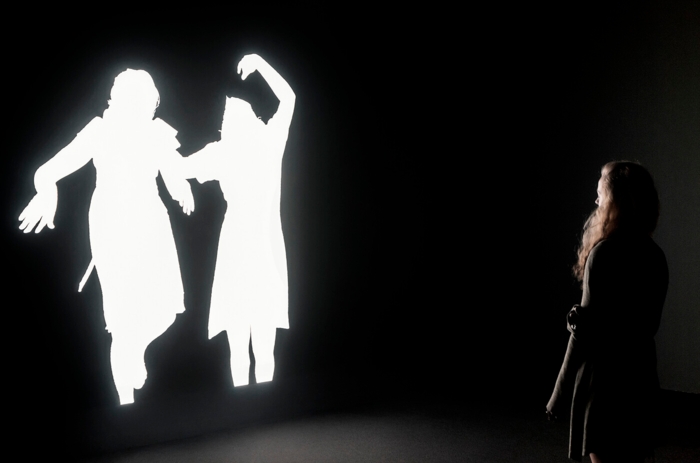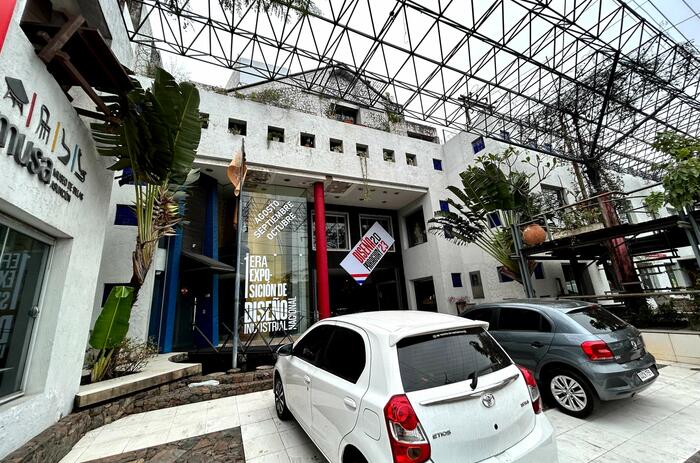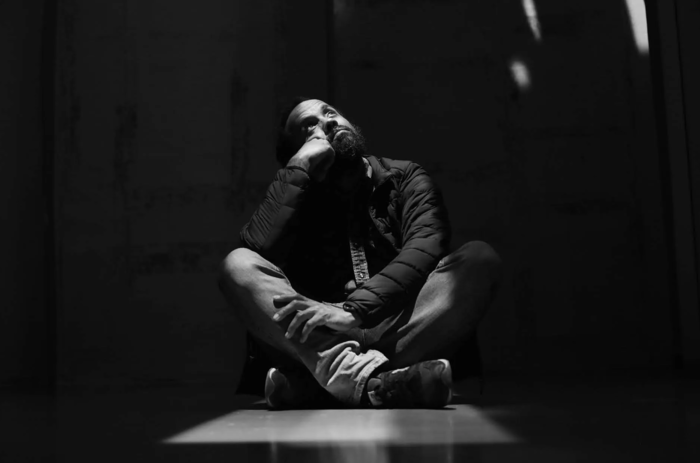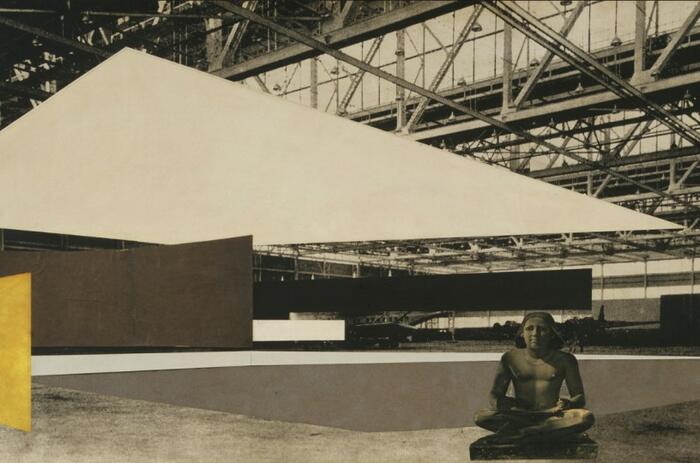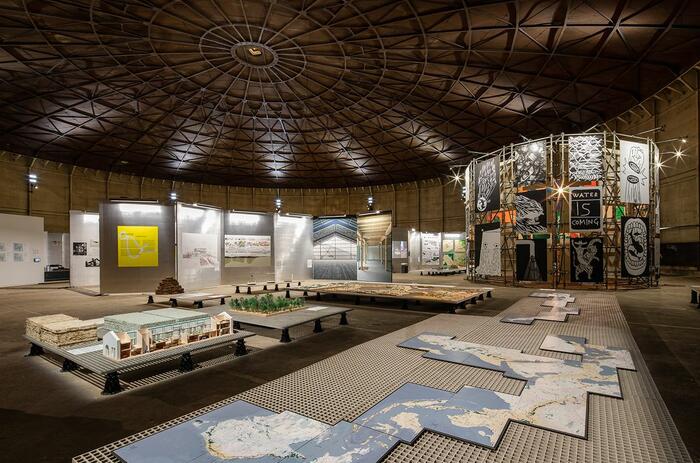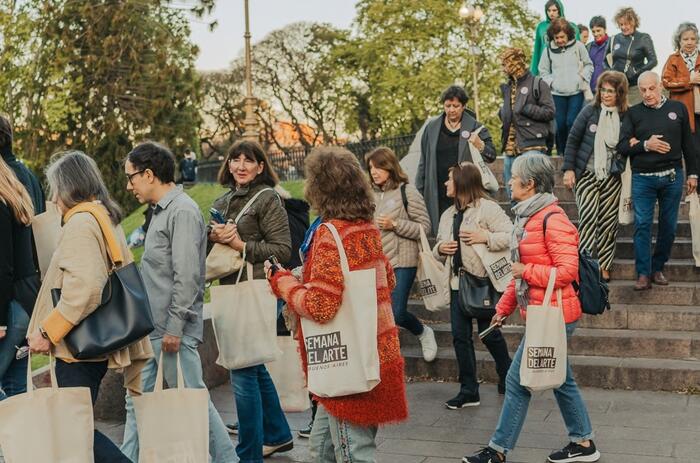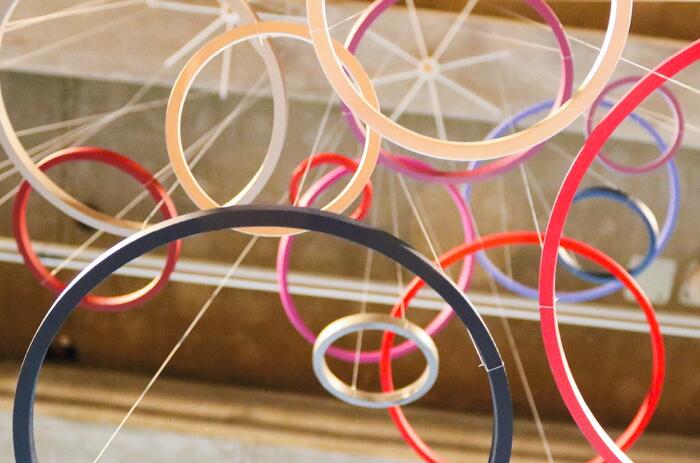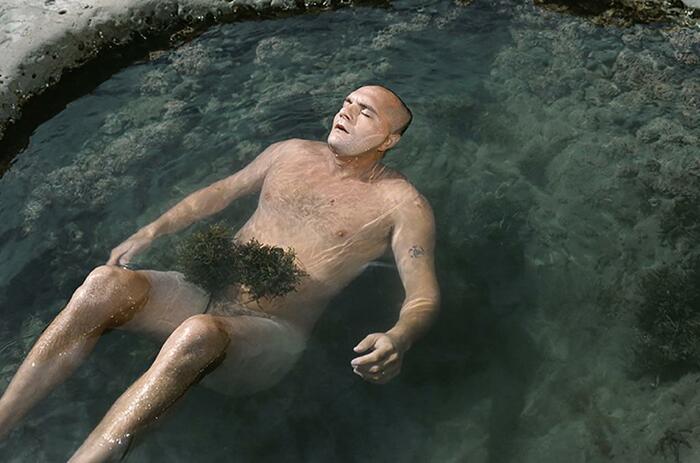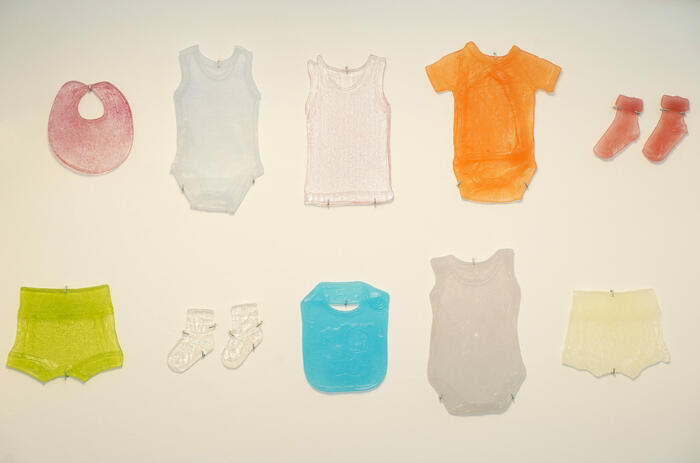AMANCIO WILLIAMS IN THE CANADIAN CENTRE FOR ARCHITECTURE
The Argentine architecture Amancio Williams was chosen for the iteration of Canadian Centre for Architecture’s Out of the Box exhibition series.
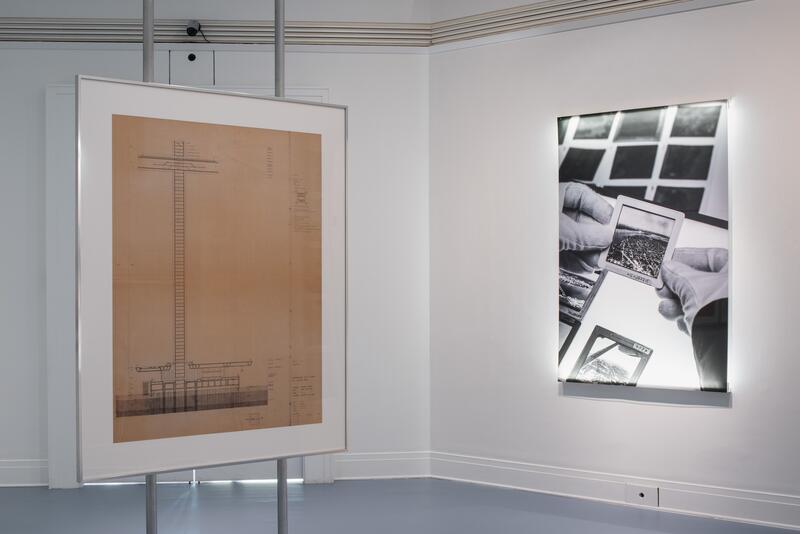
This iteration of the series Out of the box, which comprises three exhibitions in the Canadian Centre for Architecture’s Octagonal Gallery and a publication set to launch next spring, is curated by Studio Muoto (Paris), Claudia Shmidt (Buenos Aires), and Pezo von Ellrichshausen (Concepción).
Studio Muoto curators explore for the first exhibition the infrastructural dimensions of Williams’s work, with a focus on his unrealized projects for an airport on the coast of Buenos Aires (1945) and the cross-shaped monument Cruz en el Río de la Plata (1978–80), both of which establish a dialogue with the horizon. While the drawings of these projects primarily depict them as buildings, Williams’s writings situate them as infrastructure designed to operate at an urban and territorial scale.
Claudia Shmidt, curator of the second exhibition delves into the many letters found in Amancio Williams’s archive. Far from a nostalgic practice, the conservation of letters—both sent and received—in his personal archive shows their value as integral aspects of his work. In addition to emphasizing their essential role in the dissemination of his ideas, these letters also evidence a vast network of relationships he maintained with prominent figures in architectural, institutional, and political spheres.
The third and final exhibition in the series curated by Mauricio Pezo and Sofia von Ellrichshausen, highlights what is likely Williams’s most widely known project, the Casa sobre el Arroyo in Mar del Plata. Their reading seeks to offer a deepened interpretation of the now-iconic house by elaborating on what its design and construction denote about his wider practice—more specifically, they ask whether his meticulous drawings and engineered precision can be read as a record of intimate obsession.
Through their readings of the archive, the curators also situate the social, environmental, and political aspects of Williams’s practice within contemporary discourse. Their interpretations and selections reinforce the idea that, despite Williams’s efforts to spread his ideas to a network of architectural, cultural, and political contacts in Argentina and abroad, few of his architectural proposals were ever built. For this reason, the archive remains the primary locus of his ideas today, and new readings of it help to reveal aspects of the work left previously unconsidered.
-
Perspective drawing of La primera ciudad en la Antártida (1980‒1983) by Amancio Williams, consulted during Out of the Box research residency, November 2022. © CCA
-
Slide of Ciudad Corrientes, Argentina. Courtesy of Amancio Williams fonds, CCA and the children of Amancio Williams. © CCA. Photo: Matthieu Brouillard.
-
Perspective view of Aeropuerto [Airport], ca.1945, by Amancio Williams, consulted during Out of the Box research residency, November 2022. CCA, ARCH287217. © CCA. Credit(s) Matthieu Brouillard, CCA
-
Exhibition views.
-
Exhibition views.

